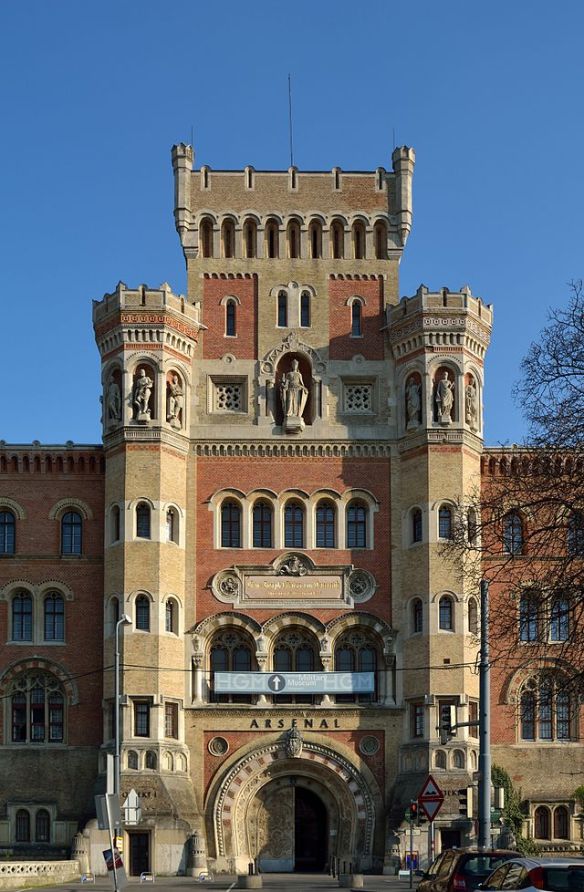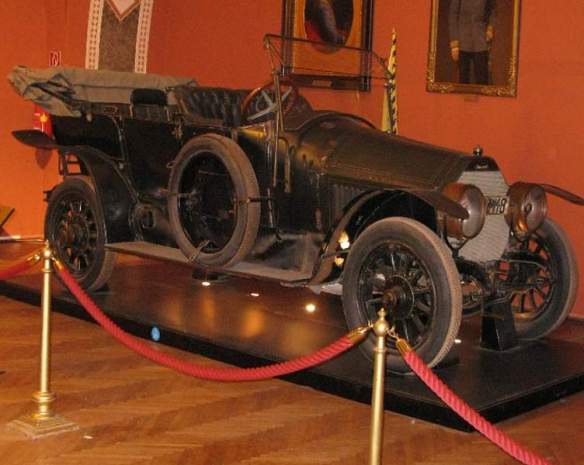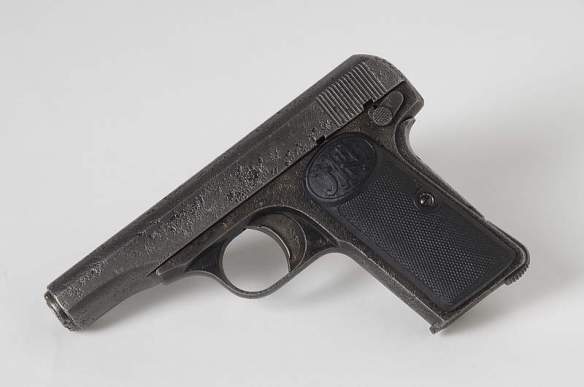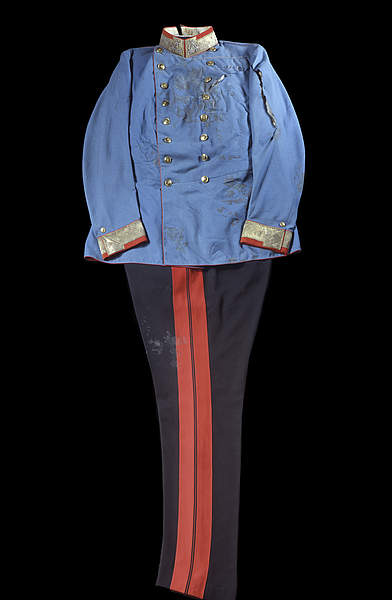Deep in the Pilis Hills of northern Hungary stands the village of Piliszentkerszt (The Holy Cross of Pilis). Its natural setting attracts hikers who seek refuge in the dense oak and beech forests. The natural beauty and resources of Piliszentkerszt has also attracted many foreigners to the area, including some that are not only tourists. On multiple occasions over the past 800 years this small village became a haven to foreigners who immigrated to the area. Many of them found the climate and natural beauty to be extremely hospitable, thus they decided to stay. Even today, this sheltered environment is home to one of the few villages in Hungary with a non-Magyar ethnic majority. This goes against the grain of 20th century European history. With the fall of empires, multi-ethnic states were turned into smaller, highly homogenous nations. Hungary was part of this movement. Only areas along borders or those hidden in relative isolation were able to buck this historical trend. Piliszentkerszt was one of these places.
By Invitation Only – The Creation of Piliszentkerszt
The foreigners that first permanently settled Piliszentkerszt came by way of invitation. The first immigrants to arrive were monks brought to Hungary by the French wife of King Bela III (1172 – 1196). A Benedictine Abbey was established for them in the year 1184. Soon a village sprang up around it. The abbey and its immediate area may have seemed like a safe haven, but during the early Middle Ages, those who ruled the land shared one thing in common with the average person, the precariousness of life. Being a foreigner could make life even more perilous.
One of only two assassinations of queens in Hungarian history occurred near Piliszentkerszt. The German wife of King Andrew II (1205 – 1235), Gertrude of Merania, was despised by the indigenous nobility because of her overt favoritism toward fellow Germans. Among Gertrude’s many affronts to the native nobility, she gifted one-third of Hungarian land to her fellow Germans. The hatred this action engendered led the nobles to conspire against her. In the autumn of 1213 during a hunting trip in the Pilis, she was murdered by nobles. They then had her body torn to pieces. What remained was interred at the nearby abbey in a Gothic tomb. During the latter half of the 20th century an excavation of Gertrude’s Gothic tomb took place. This provided confirmation of her fate.
Piliszentkerst’s isolation could not protect it from either immigration or by the 16th century, invasion by foreigners into the Carpathian Basin. Just as foreigners had constructed the abbey and village, so too did another group of outsiders bring about its destruction. In 1526, the Ottoman Turks under the banner of Islam, destroyed both the abbey and village. The ruins left behind are still visible today and can be visited. Following the expulsion of the Turks, the settlement was a non-existent, lifeless ruin.
A Slovak Haven – Reconstructing Piliszentkerszt
It was not until the middle of the 18th century that yet another group of foreigners would arrive on the scene. In 1747, a group of Slovak migrants arrived to rebuild the village. The ruling Habsburgs who had thrown the Turks out of Hungary in the late 17th century, brought in groups of migrants, namely ethnic Germans and Slovaks to help repopulate a Hungarian Kingdom that had been denuded of its people by a century and a half of warfare. The Slovak presence in Piliszentkerst would act as a magnet, attracting Slovaks from all over Hungary. The village was soon reconstructed, becoming a new home for another group of ethnic and linguistic outsiders.
Unlike those who came before them, the Slovaks had staying power. Despite over two and a half centuries of fraught relations between Hungarians and Slovaks, the population of Piliszentkerszt resisted the forces of Magyarization and cultural assimilation. Even the 20th century draw of a newly born Czechoslovak nation to the north was not enough to uproot them. Perhaps it was the isolation of the community that allowed it to defy history. While the nation of Hungary became over ninety percent ethnically Hungarian, Piliszentkereszt remained the only settlement in Hungary where Slovaks made up the majority. Even today that is true, though they are a very slim majority at 54%. The Slovak name for the village, Mlynky can be seen on bilingual signs. Signage in the shops is also written in both the Slovak and Hungarian languages. Here stands an island of Slovak settlement thriving amid a sea of Hungarians.
Out With the Old – The Challenge of Modernity
A new threat to the Slovaks of Piliszentkerst is now presenting itself. The ever progressing forces of modernity, with greater opportunities to travel and communicate with the larger world may end the village’s isolation. Slowly a younger generation of Slovaks in Piliszentkerszt has been losing the language skills and cultural ties that have so tightly bound the community together. A legacy of over eight centuries of foreign settlement is now threatened, not by the dominant ethnic culture, but instead by the transformative effects of technology and globalization. What will the future hold for Piliszentkerszt? Is it destined to become like the rest of Hungary, assimilated into homogeneity? If so, it will not be the first time that foreigners have been swept from the area. Foreigners may have a long history in this village, but challenges from the modern world may finally prove too much to overcome.

















